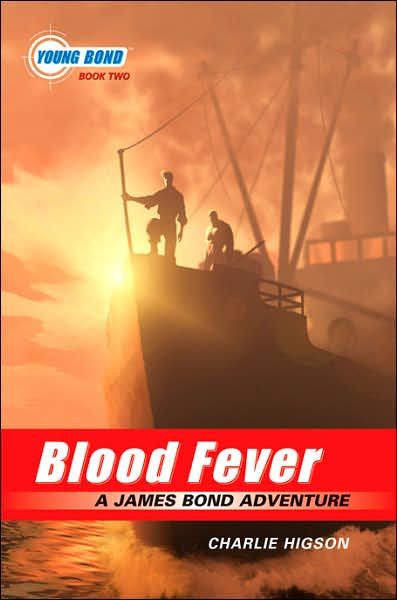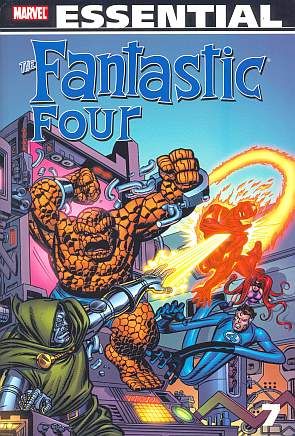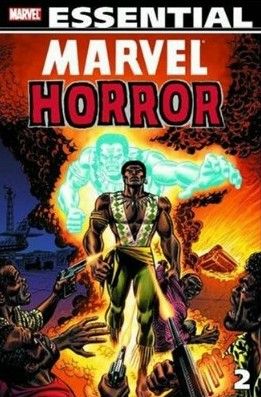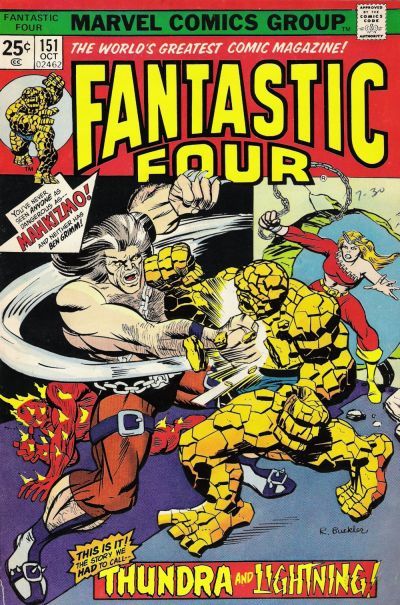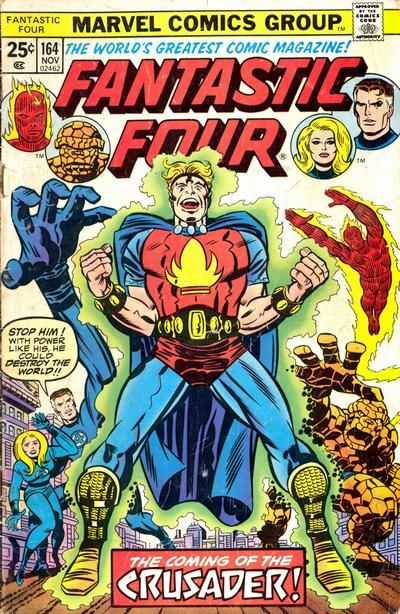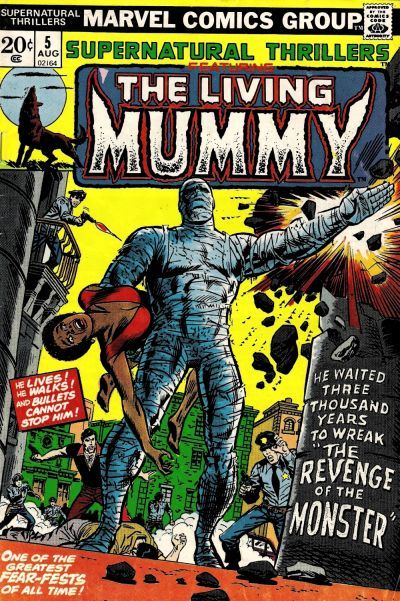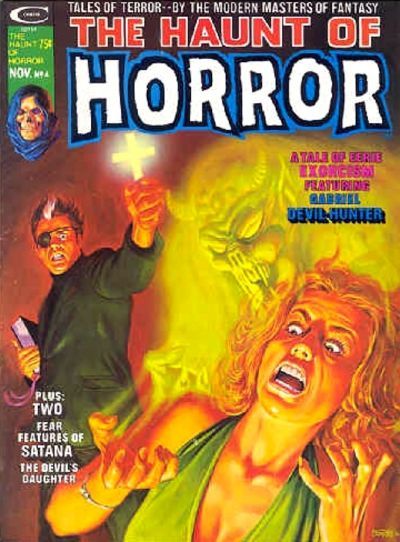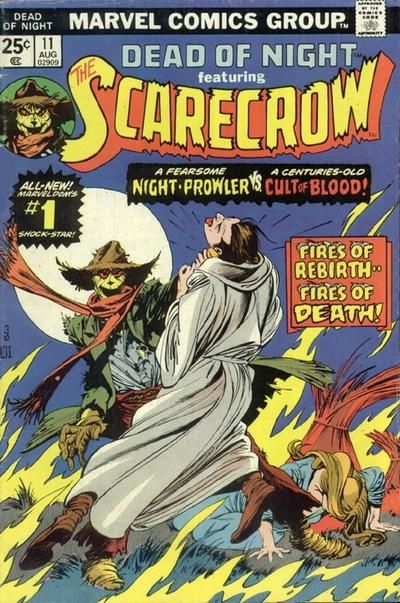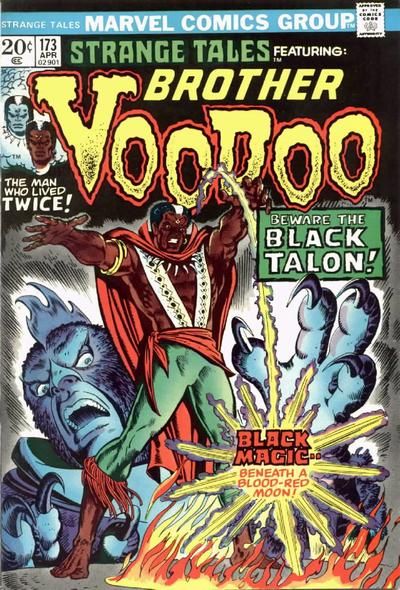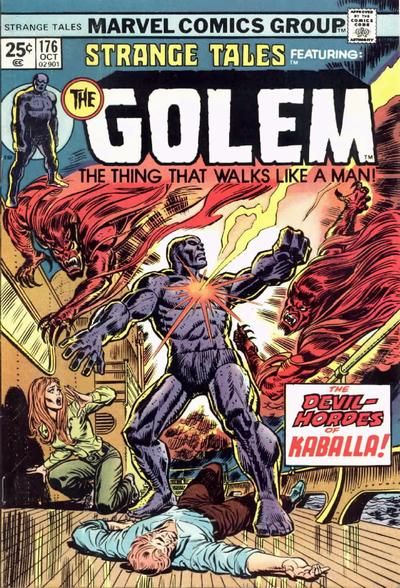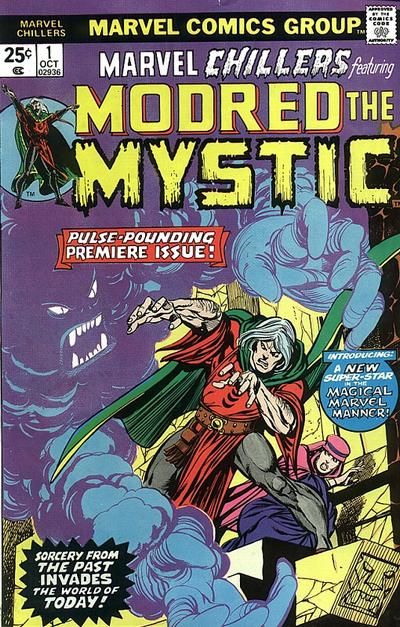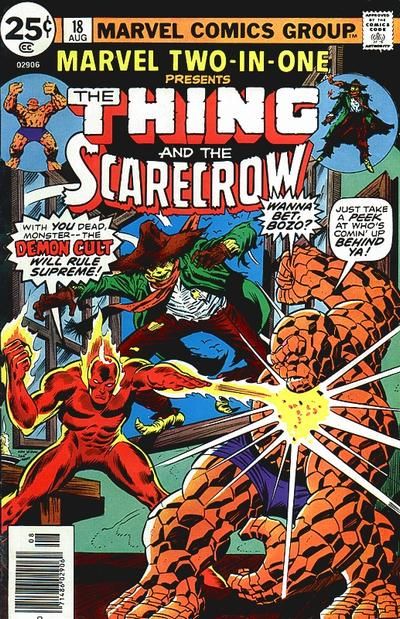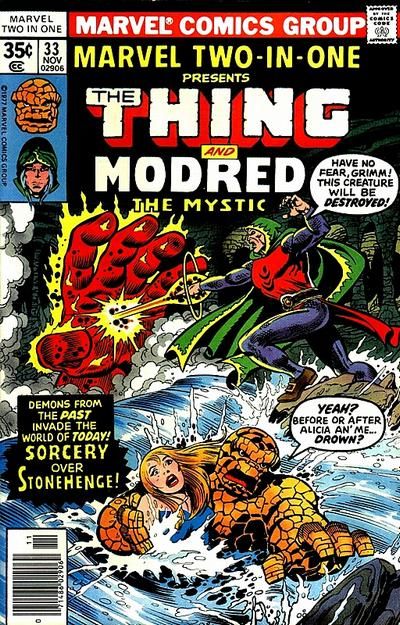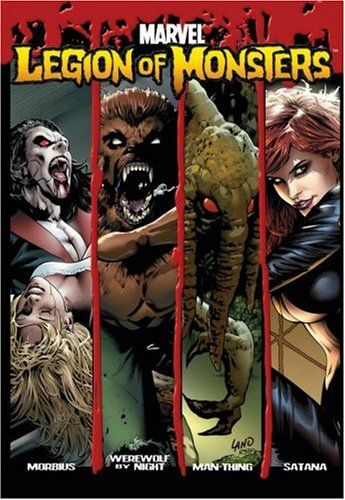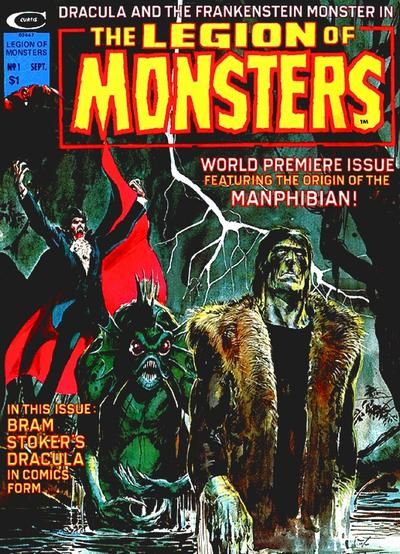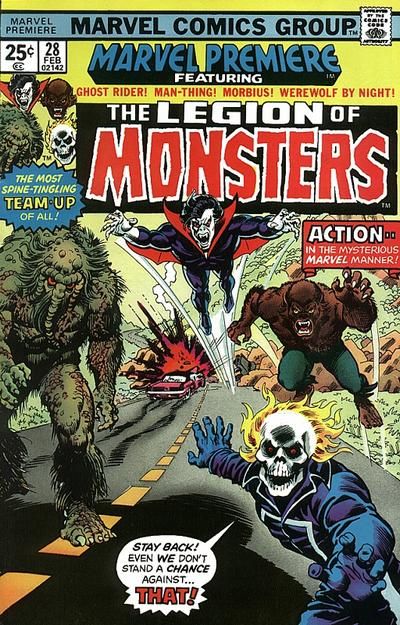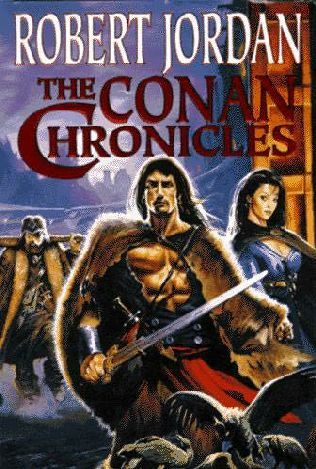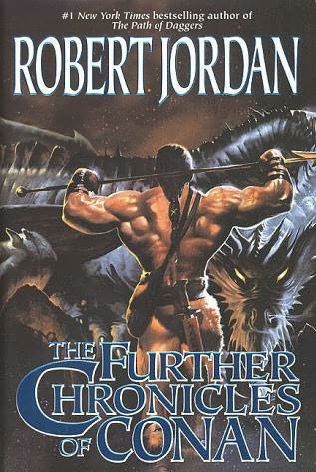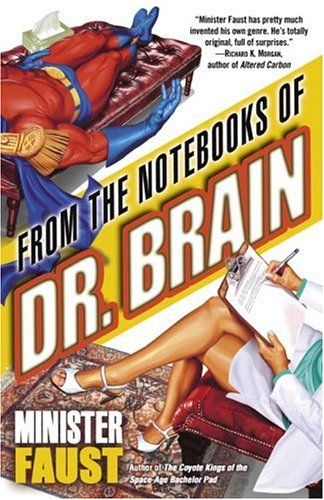As I write this, my hometown of Seattle is recovering from the worst snowstorm we've had in two decades.
What's embarrassing about this is that we are so very bad at dealing with winter weather.
Historically you'd think we'd be better at it. We're the last major U.S. seaport between here and Alaska, this town was founded by loggers and fur trappers and outdoor types of all kinds... and yet...
...When it snows, everyone here reacts as though Armageddon has arrived. "Frozen water from the sky! The gods are angered!" Really, it's insane. You might have seen video of the charter bus crash, but I assure you that was only news if you're an out-of-towner. Most of us that live here are used to the fact that Seattle drivers behave like idiots when it snows, even if none of them will ever own up to it.
Just once, I want to see a guy interviewed on the evening news who is completely honest about being a snow moron on the road. "Well, yeah, you got me, I guess. That was me that was fishtailing all over Denny Avenue until I rammed my Lexus into the bridge abutment and abandoned it there to walk home. I figured it would be okay just to leave the car there until the spring thaw. --huh? Why was I out in the blizzard? My girlfriend wanted to rent a video."
Obviously, the intelligent thing to do when the weather is this bad (and your neighbors are that stupid) is to just stay home. Here is the view from my office window as I write this.
Don't get me wrong. Staying home is fine with me. I'm happy just to hunker down and read. I generally leave the winter sports to my bride, anyway. She enjoys them more than I do.
My people are a sedentary, repressed tribe that fears the outdoors. And anyway, it's not like I don't have a huge to-read pile of books on the nightstand. So I thought I'd go through them here for you.
First up? Bond. James Bond.
It struck me funny that several readers commented about their James Bond Christmas tradition after I did the 007 column a couple of weeks ago, but neglected to mention a holiday perennial that seems to have sprung up over the last decade or so: the cable-TV James Bond movie marathon. Someone always does one and this year is no exception.... Spike TV has been doing Bond all week.
This has been on as background noise in our house for the last few days while we putter around doing this and that, and every so often we'll stop to watch a particular favorite scene -- Little Nellie's dogfight from You Only Live Twice, or the Lotus chase in The Spy Who Loved Me. It's sort of comforting.
So it was nice to have a new James Bond book to read, as well.
I am working my way through Charlie Higson's Young Bond series-- there are five in all, though I think only three are available here in the states-- and being snowbound allowed me to settle in with the second one, Blood Fever. This one takes young James Bond to Sardinia in the Mediterranean, and the narrative somehow again manages to achieve a workable balance between the traditional boy's-adventure tale and the more visceral Ian Fleming style of storytelling. Higson hits a lot of the expected 007 notes while making them seem fresh and new. I especially liked his characterization of Count Ugo Carnifex, who was certainly a worthy adversary for young James, and I also enjoyed his depiction of the sheer physical challenges his youthful hero had to face this time out. In fact, I think this adventure would mark the first time (chronologically) that a foe decided just shooting James Bond was too easy, and Higson's particular twist on this is right up there with Goldfinger's laser beam or Doctor No's torture course. Overall I think I liked this book even better than the first one, Silverfin, and I liked that one a lot. Recommended.
The discount comics trade paperbacks have been popping up regularly in the mailbox, as well, and it was nice to get caught up on those.
Two new Marvel Essentials to start.
Essential Fantastic Four volume seven was mostly a curiosity purchase for me-- this is the era of the book in the early 70's just before I started picking it up regularly. I had been reading the Lee-Kirby reprints in Marvel's Greatest Comics around then and enjoying them very much, but the then-current stuff from Gerry Conway and Rich Buckler seemed seriously off to me. This was the era when Reed and Sue were split up and contemplating a divorce, Medusa had joined the team, Johnny was wearing his red uniform... if you were coming off the Lee-Kirby heyday, this all looked very unsettling. So I'd skipped it.
Reading these stories today, for the first time, I can't really fault my 13-year-old self for the decision; the Conway-Buckler FF is just not very good.
It's funny, because the Spider-Man stories Conway was doing around the same time were classic-- I think the original Jackal epic, in particular, holds up really well. But these are mostly just bad.
Fortunately, near the end of the run of stories in this volume Len Wein and Roy Thomas arrive to do some damage control.... and by the time we wind up Volume 7 with FF #159, Sue's reconciled with Reed and back on the team, Medusa has rejoined the Inhumans in the Great Refuge, and Johnny's back in his blue duds again. (Just a few months later the Fantastic Four will have arrived at the first modern-day appearance of Marvel Boy/the Crusader/Quasar, which as it happens is also the first regular, non-reprint issue of the FF I bought off the stands in 1975, and also-- I think-- the first one drawn by a young George Perez.)
So the next Essential Fantastic Four volume will bring me full circle, sort of. Which is the main reason I bought this one. But honestly, if you're not a completist, I think you can safely skip it.
Essential Marvel Horror volume two, on the other hand, I enjoyed a lot more. I don't know that the book is qualitatively any better, overall, than the FF book... but it's a lot more fun. There's a sort of gonzo anything-goes feel about the whole enterprise. This volume collects the appearances of a bunch of Marvel also-rans that I don't think anyone other than me (and maybe Fred Hembeck) was hoping for.
The roster is The Living Mummy, Gabriel Devil-Hunter, Modred the Mystic, the Scarecrow, the Golem, and-- sigh-- Brother Voodoo.
This book was largely new to me too-- I'd missed all these the first time around, since most of them came out just before 1975, when the grocery store up the street started to carry comics. That was when I got over my reluctance to buy "continued" stories and finally dared to dive into the Marvel Universe full-on. The few that came after '75-- the Golem, Modred-- I think I'd passed on anyhow.
Somehow they didn't seem to have that Marvel star quality. I have a vague memory of picking up the Modred book because it was a #1, skimming it, and then putting it back. I was a Dr. Strange guy and usually willing to give the magic stuff a shot, but I think even then I could tell that if a book had that many names on it, it was going to be a MESS.... Modred managed to go through four pencilers and five inkers in the space of two issues.
There are some hidden gems in this volume, to be sure. Steve Gerber does some cool stuff on the Living Mummy, and I quite liked Gabriel Devil-Hunter by Doug Moench. And there are moments of real potential in Scott Edelman's work on the Scarecrow.
But mostly this is about just wallowing in the unstructured lunacy that was early 70's Marvel comics. The book often reads like the Marvel Bullpen was getting drunk at lunch before coming back to finish the comics they'd started that morning, and then a month later the books show up in print and they'd all collectively mutter, "What the hell were we thinking? Cancel this embarrassment."
Then, of course, once the book got canceled fans would write in demanding to know what finally happened, because at Marvel everything had to fit into continuity somewhere. More often than not, it was Ben Grimm that had to tie up the loose ends for all these failed series.
Those hurried wrap-ups are reprinted here too. All in all, this particular Essential is wildly uneven, as you might imagine. But I love it.... even the lame stuff.
I can't really explain why the lameness that is mildly annoying in the FF volume is somehow just endearing in this one. Maybe it's just because we expect more from a Fantastic Four story. With stuff like Brother Voodoo, the fun is more in marveling that the idea ever got published at all. Anyway, I'm giving this one a big thumbs-up.
Speaking of 70's Marvel horror, I'm not the only one that remembers it fondly.
This Legion of Monsters hardcover arrived in the mail a few weeks ago and gathers the various one-shots Marvel did under that umbrella title last year. I had considered buying those as they came out, but I'm glad I waited... because not only does this collection include the new stories-- some very nice work by Mike Carey, Charlie Huston, and others-- but it also helpfully reprints a bunch of the 1970's monster stuff to fill the book out.
Specifically, it includes most of the original Legion of Monsters book, a back issue I've lusted after for years...
As well as Marvel Premiere #28, the one "Legion of Monsters" story I'm aware of that actually featured a team of monsters against a common foe.
You know, for a throwaway issue of a try-out book, this one sure has been getting a lot of love over the last couple of years. I think I have at least four reprints of it here myself. (I fell for the one they re-issued as a regular comic a couple of years ago, then it kept showing up in various Essentials I got-- Man-Thing, Werewolf by Night-- and now it's in this hardcover.) The story itself is not very good (it's by Bill Mantlo and Frank Robbins and it wasn't the finest hour for either one of them) so it has to be the basic concept that people keep coming back to, a team of monstrous characters fighting bad guys. It really makes me wonder why Marvel doesn't actually try a Legion of Monsters team book for real.
The other thing I keep wondering is if there's an Essential Morbius headed our way down the road. Because I think the Morbius solo stuff is the only 70's Marvel horror that hasn't made it back into print somewhere during the last couple of years, and I'm sure there's enough of it to let him headline his own Essential instead of making him share with the likes of Brother Voodoo. It's a hell of a thing when Marvel Premiere #28 is the most reprinted Morbius story out there.
Anyway, I enjoyed the Legion of Monsters hardcover a lot. Not enough to recommend it new, but certainly enough to suggest you keep your eyes open for it as a discounted remainder book from the various online dealers. I paid roughly $7 for mine and I think that's about right.
*
We've had some adventures in bookscouting here at the various thrift shops before the blizzard hit and it was a treat to finally sit down with that pile and go through it as well. Here's one I bought mostly for the cover but the contents turned out to be better than I expected.
Warlocks and Warriors is one of several sword-and-sorcery anthologies L. Sprague deCamp put together in the sixties when he was determined to revive the genre all by himself. I bought this because Jim Steranko painted the cover for it but it really is a nice sampler of stories from Robert E. Howard, Fritz Leiber, Lord Dunsany, C.L. Moore, along with a couple of surprises from Ray Capella and Roger Zelazny. Well worth your time especially if you're one of those that's under the impression that it all begins and ends with Robert E. Howard and Conan knockoffs.
Speaking of Conan knockoffs, DeCamp is often vilified for the heavy editing and additional writing he did for the I960's Conan paperbacks -- there's a school of thought that says if it's not Robert E. Howard, it's not Conan. But since I came to those very same 60's paperbacks through the Roy Thomas Conan comics, I'm not really of that school and I'm always willing to give the knockoffs a look.
Especially when they're available in nice hardcover editions that show up in a Goodwill for a dollar each.
Which is how I ended up with The Conan Chronicles and The Further Chronicles of Conan, two omnibus hardcovers that repackage three each of Robert Jordan's Conan paperback originals from the 1980's. I had heard terrible, terrible things about these novels over the years-- such vituperation from fans, in fact, that I almost passed on these hardcovers when I saw them. But I'm usually willing to risk a dollar, and I have to say I thought these were pretty good.
If you're not a Howard purist, anyway. I'm okay with compartmentalizing this sort of thing-- in my head, I'm putting the authentic Robert E. Howard Conan over here and saying, of course, no comparison to the originals, stupid to think there might be, and then over there are all the other tries, from Roy Thomas and Karl Wagner and L. Sprague deCamp and Kurt Busiek and so on. Compared to that crowd I'd give Jordan a B-plus or thereabouts. Better than deCamp, about even with Thomas, not quite as good as Busiek or Truman, if that helps you.
Anyway, they were good enough to be worth getting six novel-length stories in two hardcovers for two bucks. Price definitely figures into the equation for me when it comes to things like this. (Although I wonder what the hell possessed Tor Books to trade out that first Conan Chronicles cover artist with whoever did the cover for Further Chronicles, because that second cover is really off-putting. It looks like some guy flexing for the girls during spring break down at Steroid Beach... and is that monster really a threat or are they just chatting during a smoke break at a seminar?)
Speaking of seminars, I have to mention this paperback oddity that I found at the bottom of a pile of miscellaneous junk at a Value Village. I fell in love with the cover instantly and for seventy-nine cents how could I miss?
From The Notebooks of Dr. Brain is the story of Dr. Eva Silverman-Brain and how she is brought in as a life coach for a team of dysfunctional superheroes. JLA/Avengers analogues Omnipotent Man, The Flying Squirrel, Iron Lass, X-Man, The Brotherfly and Power Grrrl gather for a group therapy session with Dr. Brain and hilarity ensues. Naturally this therapy is interrupted by a case and the team has to try to get over itself long enough to get the job done, with Dr. Brain helping out as best she can.
It is a pretty damn funny book. It covers a fair amount of the same ground as Superfolks by Robert Mayer, which is definitely the one to beat in this genre. (I confess, it made me laugh to realize that this kind of superhero parody has now been around long enough to actually be a genre of sorts.) Faust's sense of humor is quite a bit darker than Mayer's, and there are more shout-outs to actual superhero stories in the book. But overall, I'd rate this as a good read and worth your time. The real test of this sort of thing is if there's actually a story underneath all the laffs, and Faust delivers. It works as a novel, and not just a piece of sketch humor.
Really the only gripe I had with it is that sometimes the various dialects Faust gives to the heroes can become really tedious to read. When Omnipotentman is talking in his aw-shucks, apostrophe-laden, Kansas cornpone slang to Brotherfly, who replies in his downTOWN, coolness-in-the-hizZAY street patois, only to have Iron Lass chime in with her stiff Germanic accent, it gets a bit wearing. Call it Claremont Syndrome taken to its ultimate degree. (I think it's meant to be part of the joke, but even the funniest joke gets old if you hear it over and over and over.)
On the whole, though, I enjoyed it and I'd recommend it to all of you that like original superhero stories in prose-- after doing this column a couple of months ago, I know there are a few of you out there.
The weather's let up a little since I started writing this. They say we may be getting a thaw today, and the roads look to be more normal. We probably will stay put, though... after all, I'm only about halfway through the book pile, and Santa added a few new ones as well.
Hope you all are having a happy and safe holiday, whatever you choose to celebrate this time of year.
See you next week.





